
PUMPA - SMART LEARNING
எங்கள் ஆசிரியர்களுடன் 1-ஆன்-1 ஆலோசனை நேரத்தைப் பெறுங்கள். டாப்பர் ஆவதற்கு நாங்கள் பயிற்சி அளிப்போம்
Book Free DemoPlastics are made from crude oil. The raw materials used are a problem because crude oil emits significant amounts of pollution, making the product not biodegradable.
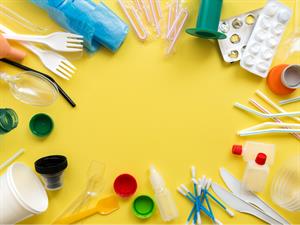
Uses of plastics
Plastic materials are cheap, lightweight, strong and durable and have contributed to many advances and benefits to our modern life.
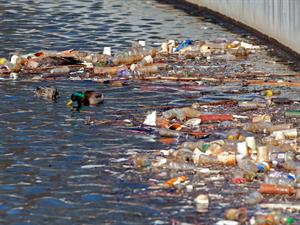
Ocean pollution and its effects
The increase in plastics use, particularly the non-recyclable and throwaway plastics, has severe impacts on animals and human health.
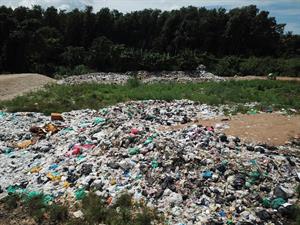
Plastic litters
Many plastic waste we use, such as plastics bags, bottles and straws, end up in the oceans.
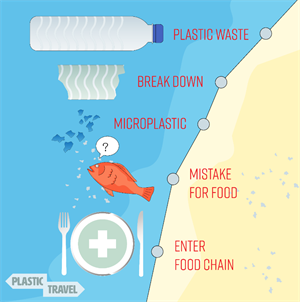
Plastic entering the food chain
Plastics in the sea are exposed to sunlight, water, and the waves' physical movement, breaking them into tiny microplastics.
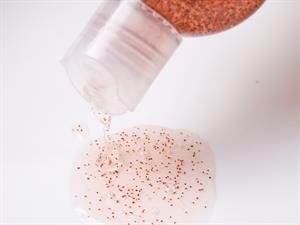
Shampoo containing plastic microbeads
Microbeads are found in toothpaste, face wash and body scrubs. Microbeads are washed down in drains and end up in the soil, rivers, lakes. Ocean microbeads washed down in gutters and ended up in the ground, rivers, and lakes, which cause pollution.
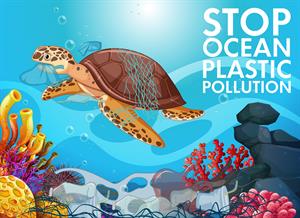
Aquatic animals and plastic
The environmental damage is long-lasting when plastics are used. It affects all organisms in the food chain.
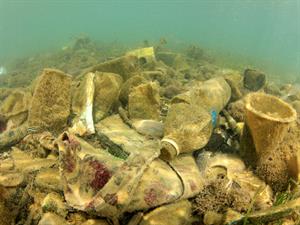
Non-biodegradable plastics in ocean
Toxins enter the food chain when plastic is ingested and can even be present in that fish people eat.
Poly Lactic Acid (PLA):
It is a substitute for some types of plastics. Poly Lactic Acid or polylactide is compostable and bioactive thermoplastic.
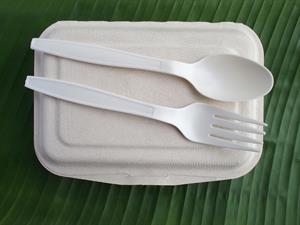
Uses of PLA
This polymer is obtained from plant starch such as corn, sugarcane and pulp from sugar beets. PLA is a biodegradable material. It is useful for making food packaging, garbage bags and disposable tableware.
Reference:
<a href="https://www.vecteezy.com/free-vector/plastic">Plastic Vectors by Vecteezy</a>